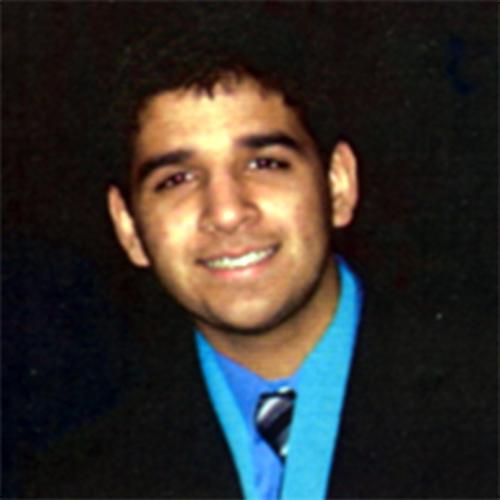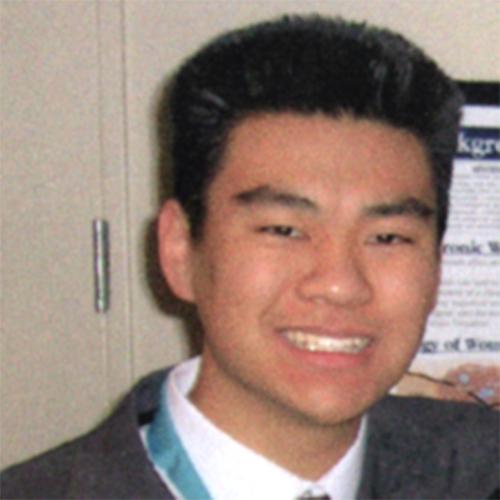

Amardeep Grewal
West Bloomfield, MI
Age 16
Ran Li
Valley Stream, NY
Age 17
There are thousands of new cases of chronic wounds each year. In order to create an effective wound healing treatment, it should be one that is able to regenerate lost skin and protect a patient from infection and disease. Many wound healing options available today lack properties that are essential to the closure and healing of a wound. Combing the revolutionary fields of molecular cell biology and materials science, we have designed both a biologically and structurally optimized second generation hydrogel matrix that has the potential to accelerate the healing of both chronic and acute wounds. This new strategy for healing wounds is to mimic the properties of normal wound healing and apply it to a chronic wound setting. The most important step in the wound healing process is the formation of granulation tissue underneath the fibrin/fibronectin clot. This granulation tissue induction is driven by the migration of dermal fibroblasts. In a chronic wound setting, however, the highly proteolytic environment degrades the native extracellular matrix and causes important molecules including fibronectin and many growth factors, to float away from the local wound site and lose their function in recruiting fibroblasts to migrate into the wound. As a result, granulation fails to form and the wound does not heal.
